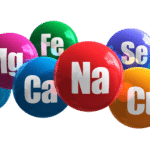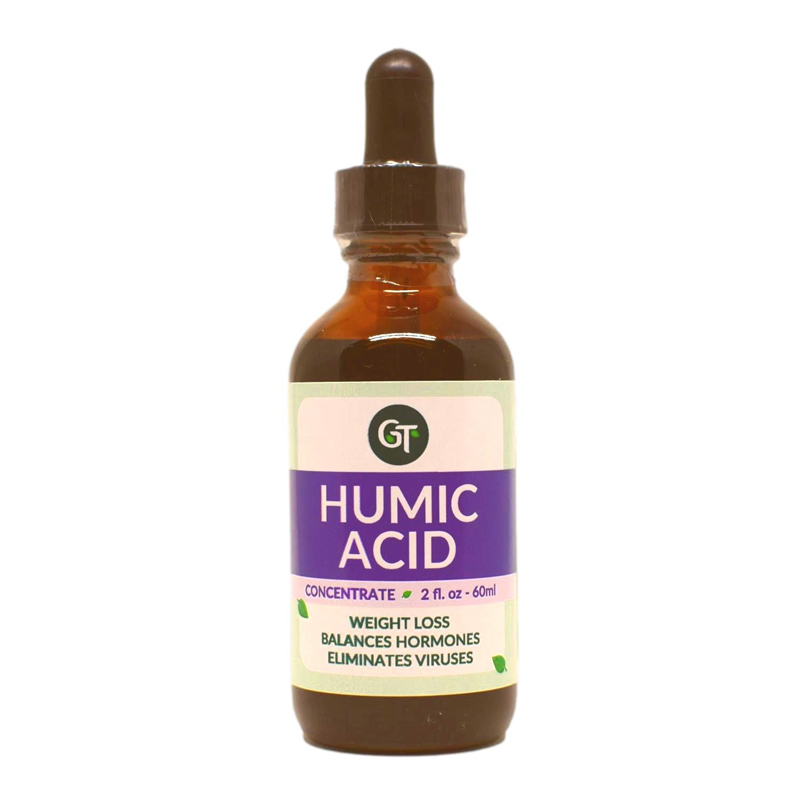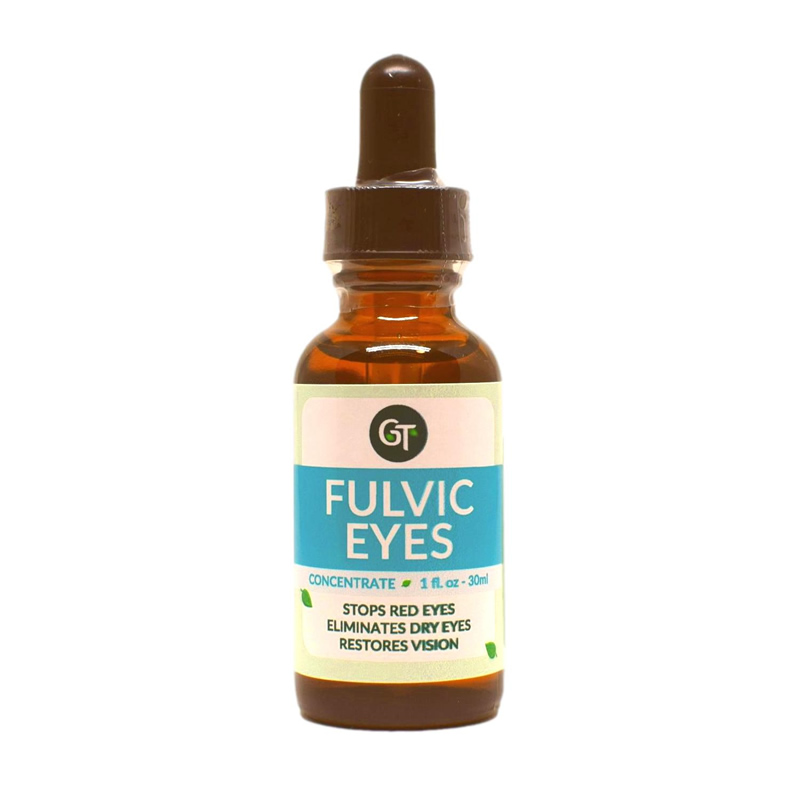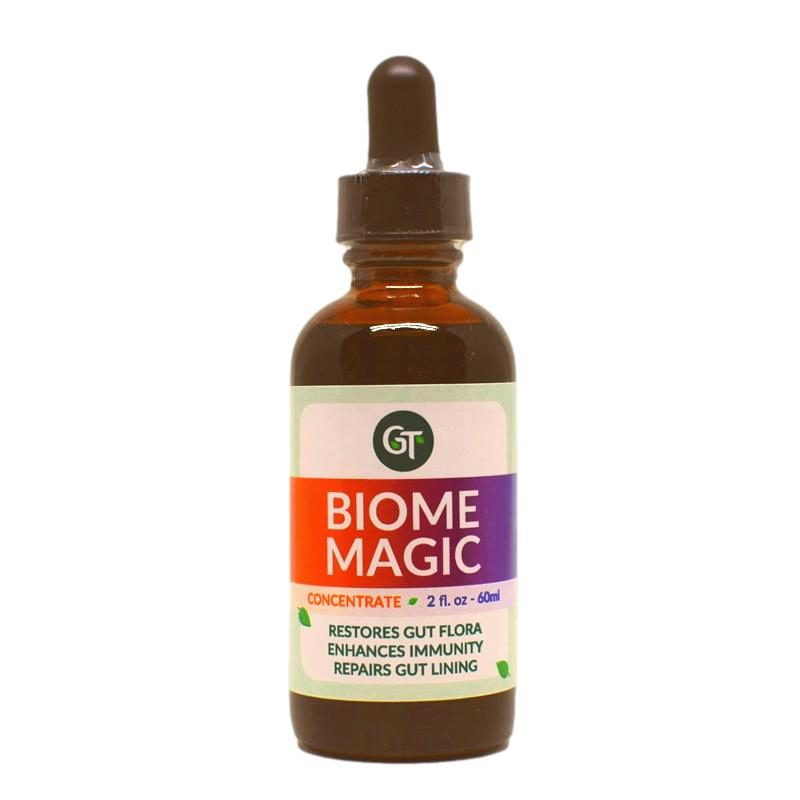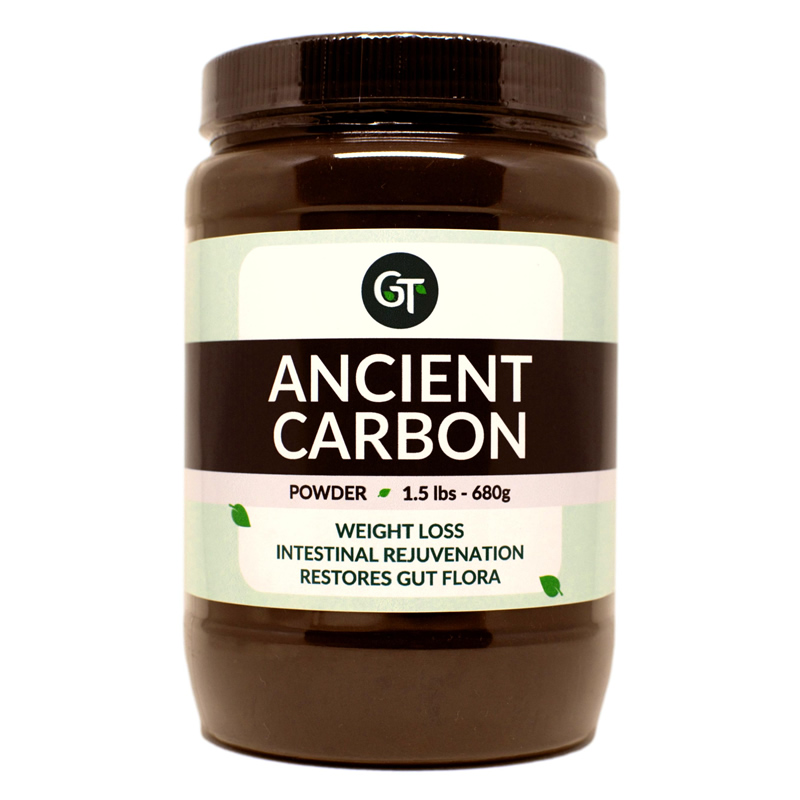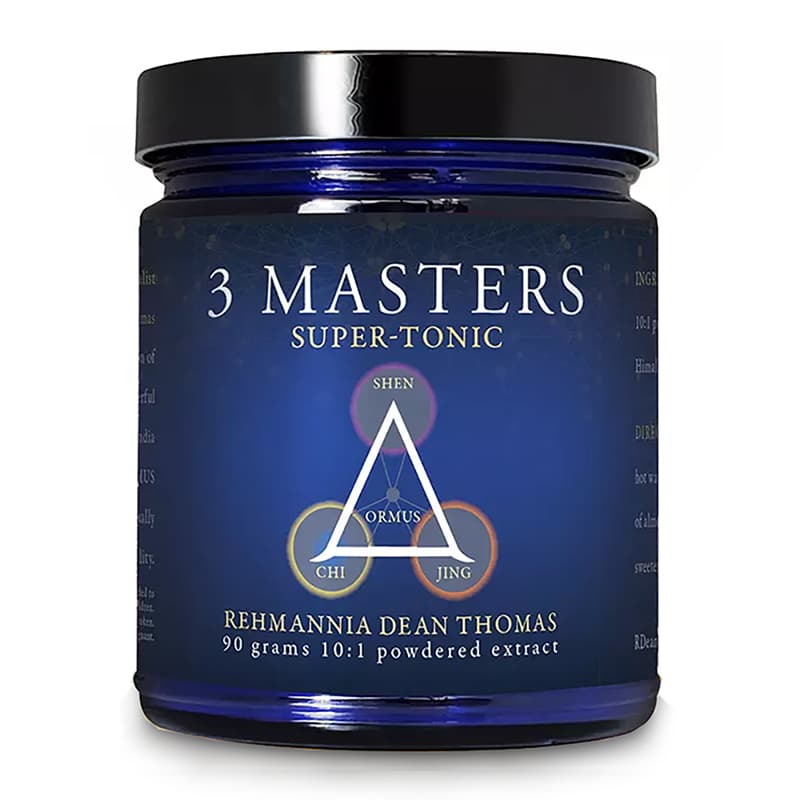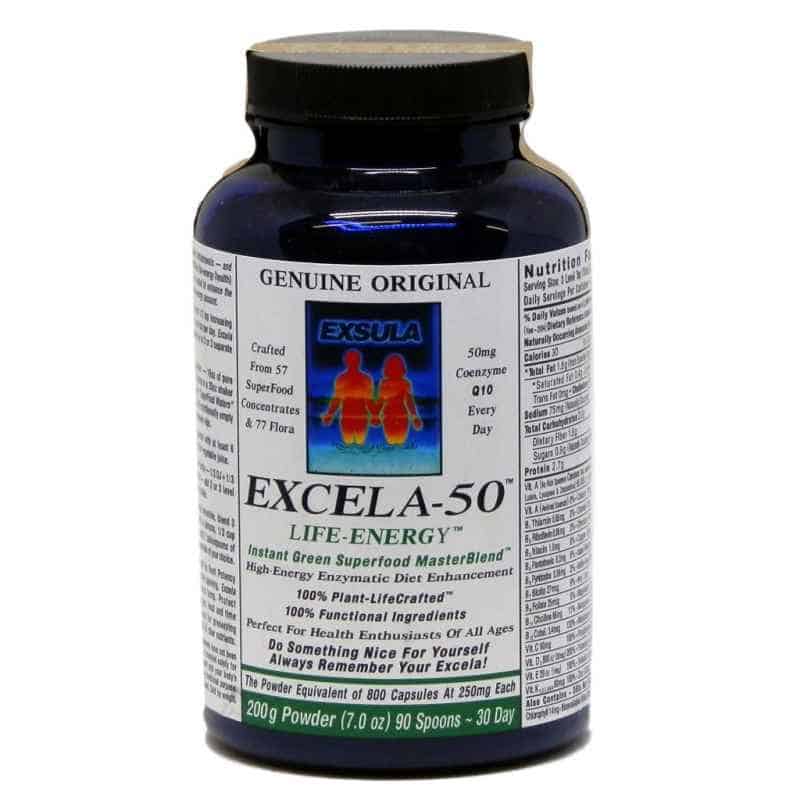No products in the cart.
Understanding Disease
Old ideas die-hard. Great thinkers have, from time to time, come up with “the” unified theory of disease. Here is developed a “partially unified” theory of disease because there is no reason to think at this time that we have all the answers. A hundred years from now, or less, our ideas about medicine will probably be relics for cobwebs. Most people still think Louis Pasteur (1822-1895) was right in saying that germs cause disease. However, even he admitted on his deathbed that he was wrong and that Claude Bernard was right. Bernard (1813-1878) said the body’s tissue, that is, the “terrain,” is all-important. If the body is healthy, diseases will not occur under normal circumstances. A contemporary of Pasteur was Antoine Bechamp (1816-1908).
Bechamp did extensive research and published several papers on his work; however, Pasteur got much of the credit. Bechamp, as did Bernard, recognized the importance of healthy cells in preventing the invasion of pathogenic microorganisms. With his microscope, he could see organisms in a drop of blood, which he called microzymas, change form depending upon the state of the tissue (the body). From this, the word pleormorphism was coined. This infers that microorganisms can indeed change form. His findings have been repeated by many other independent researchers (Gunther Enderlein, 1872-1968; Royal Rife, 1888-1971; Virginia Livingston Wheeler, 1906-1990; Gaston Naessens, 1924-; and others). Bacteria, viruses, and fungi are secondary manifestations of a weakened terrain.
There are researchers who claim that bacteria, or other micro-organisms, appear to be a major factor in many diseases. The public has been informed that stomach ulcers are caused by Helicobacter pylori. Inflammation is now believed to be a major contributor to heart disease. This, along with an associated infection, lead to what is called vulnerable plaque. Indeed, the plaque, which can be seen by standard tests, can be reversed by diet, proper nutrition supplements, exercise, and intravenous chelation. However, the vulnerable plaque can form quickly after some stressor, and lead to a blood clot which can result in a heart attack, stroke, or death quickly. This unstable plaque means we need to look more at the blood itself and not so at much the blood vessels.
Associated with this vulnerable plaque are bacteria or other microorganisms (parasites, viruses, yeast, mold). Thus, treatment, it is believed, must key in on treating the invading bacteria as well as on inflammatory processes. We still kick around what causes AIDS. There is no real hard evidence anywhere, which shows that HIV (the virus) causes AIDS. For an invader to be classified as causing a disease, the time-honored and proven Koch’s Postulates and Farr’s Law (not detailed here) has to be met. HIV has failed these tests. The same goes for the so-called “slow viruses” idea. The public got real scared about the Ebola virus. It was first announced that the Ebola virus, which killed 245 people in West Africa was over.
Are vaccines the answer? Or was this merely a stage we have gone through as we coped with normal disease cycles (and then they mostly missed the peak of the cycle)? Deaths of children under age 15 due to scarlet fever, diphtheria, whooping cough, and measles declined 90 percent from 1850 to 1940. Antibiotics and so-called compulsory vaccinations did not start until about 1940. A doctor at the Center for Disease Control admitted that almost every case of polio in the United States between 1980 and 1994 was caused by or related to the oral vaccine itself. Allergic reactions originate with some initial challenge, which the body is not geared to cope with. It is thought that molecules below a certain size (around 20,000) cannot elicit allergic reactions, and protein type substances are often implicated.
That some people seem to overcome their allergies by cleansing and correcting their diet seems to imply that allergies may be at least sometimes related to toxic overburdens. However, there is at least one more mechanism, which the body uses as a reaction to toxic challenges; that is covered in the next paragraph. As the final background before we pull together some kind of a unified theory of disease, we need to study closely the works of Dr. Royal Lee (1895-1967). Why has this humble man, a dentist by medical training, been obscured? Many patents in engineering and in the health field are from him. Dr. Lee studied what happens when unnatural forces stress body tissues, and how it reacts to this. He found that certain cellular structures, which he called “natural killer antibodies” came about as a result of these stressors.
Indeed he noted that the body was attacking itself. He called this idea protomorphology. This was in the 1940’s. Now we call this autoimmune disease. Autoimmunity is not a result of an overburdened immune system but a reaction to bad cellular debris. Dr. Lee listed major contributing causes of the autoimmune process as starvation of the organ, poison, toxicity, xenobiotics (unnatural foreign substances), carcinogens, infection, dehydration, hormone imbalances, and drug actions. He noted that many common bacteria live best in slightly alkaline conditions so said a body, which is too alkaline, could also cause autoimmune problems. This is an interesting statement when others insist that acidity is the cause of disease.
We now have some basics from which to draw conclusions. Statements are made followed by comments. “Germs” (bacteria, fungi, viruses) cause diseases. This was Pasteur’s early idea, which is still predominant by the public as well as by many physicians. The vulnerable plaque idea is current and it largely supports the idea that bacteria cause or contribute this. The vaccination idea supports the “germ” theory. The “terrain” is all-important and “germs” are secondary. Supported by Bechamp and others. Dark Field and Phase Contrast microscopy show convincing evidence that indeed certain blood structures (microzymas) can change into different organisms which seem to suggest that they are bacteria, fungi, viruses, or molds, all depending upon the conditions of the terrain. This is not to exclude that these can come from the outside as well.
A body too acid causes degeneration and disease. Too much alkalinity is conducive to many bacteria, which prefer an alkaline environment. As with point 3, we need balance. Maintaining the body pH in the right range is the key to health. However, our stomachs are supposed to be acidic (which decreases with age). Apple cider vinegar is a time-honored nutrient with well-established support in the literature. Autoimmune problems are real, and more so in present-day times. Dr. Royal Lee seems correct in his early findings of the mechanism and treatment for what we now call autoimmune diseases. Sometimes, it seems people get their book or paper published by taking a far left or a far right stand. Controversy brings attention. Some are so hung up on one idea, such as the idea of keeping the body more alkaline and totally being against the “germ” theory, that they drive every thing else into that wall also.
It is not a matter of compromising to make all sides happy; it is a matter of looking at a more total picture which then may seem to moderate the various positions. Let’s try this: Bechamp is correct; Pasteur was wrong. The literature simply proves this beyond doubt. This same idea holds for the soil. So we have at least two systems proving the same point. Bacteria, fungi, viruses, and parasites are indeed secondary (long supported by naturopathic physicians, the oldest medical professional in the world). This does not exclude the possibility that these organisms can come from the outside. One case is the flu in 1918, the most devastating illness of the 20th century, far surpassing any war in modern history. The war effort of World War I simply took too much away from the people so their diets and immune systems were weakened (the introduction of processed foods and pharmaceutical drugs began on a large scale then). It killed in nine months more than the war killed in four years.
Whether originating from the inside (the microzymas) or from the outside, the end purpose is the same: to clean up the mess (the degenerated body tissues). Nature inexorably moves along. Toxic wastes are usually acid, which leads to a body too acid. Thus, alkalizing diets (raw vegetables mostly) are in order. However, our stomachs need to be acid (with the help of chlorides), which helps not only to digest foods (especially proteins), but also to kill organisms that may have come in (we don’t live in a perfect world). It seems probable, that the microzymas are usually first in coming to clean up the mess of tissue degeneration (from whatever source, including stress induced by emotions). However, in this day and age with the onslaught of xenobiotics, drugs, and even long-term use of semi-synthetic “natural” food supplements, we see the body tissues getting attacked by antibodies from itself.
These auto-antibodies are trying to help clean up the mess, but in a different way than did the bacteria, etc. these might be more tertiary (the “germs” being secondary). We probably did not see much of the autoimmune problems prior to 1940. After that time, we had antibiotics, vaccines, environmental pollution, and soil depletion such as we have never had before. The microzymas, doing their own thing of trying to clean up the mess, simply became less effective because of the added burden (after 1940) so the next mechanism in order was the anti bodies directed towards the body from which they came. The allergic response seems more primitive, more a signal for us to avoid the pollen, food, or whatever. It too often involves a toxic body.
Perhaps it was put in place in case we got too smart in killing all the microzymas (the secondary response) so that they would not be able to do their thing (in a positive manner). The pathogen-free pig experiments, which included C-sections deliveries, of a few decades ago in agricultural colleges were a total flop. We need bacteria and other microorganisms as a check and balance system in nature. By far the majority of these micro-organisms are beneficial. The popular idea that we need antioxidants because of the bad free radicals seems to need re-thinking. Most free radicals have a negative charge. Most cells have a negative charge and like charges repel. So if the radicals are claimed to be so damaging to cells, what is their mechanism when the charges suggest they can’t get to each other?
Disseminated Intravascular Coagulation (DIC) is a reaction to a stressor which involves clotting and inflammatory responses. The stressor can be bacteria, yeast, molds, toxins (ingested or injected), electrostatic attraction, even emotional reactions. It seems to be a mechanism for tissue shut-down (a “survival of the fittest mechanism”?) DIC probably plays a major role in many chronic degenerative diseases and its acute phase could be fatal.
The Definition: Disease is a result of the body’s innate reaction to preserve itself, manifested as symptoms when its nutritive and immune powers have been diminished, which elicits a secondary cascade of microorganisms, from within (microzymas) or from without, or, failing that, a tertiary cascade of auto-antibodies. Allergic responses stand as an alternative guardian and signal. Nature inexorably moves forward.
References
1- Young, R.O., with S.R. Young. Sick and Tired? Reclaim your Terrain. Woodland Publishing, POBox 160, Pleasant Grove, UT 84062. 1999. ISBN 1-58054-030-9.
2- Logan, C.E. Medicine at the Crossroads: A Global View from Agriculture to Complementary Medicine. Cordell E. Logan, 1994 W. Carriage Ave. Riverton, UT 84065. 1993. ISBN 0-9636519-0-0.
3- Gordon, G.F. Heart Disease: America’s No. 1 Killer Surgery for the Treatment of Heart Disease is Coming to an End! Townsend Letter for Doctors & Patients. Nov. 1999. #1 96- pp70-74.
4- Dr. Logan graduated from the National College of Naturopathic Medicine and had been licensed in Utah since 1981. His practice is general with emphasis on chronic degenerative conditions. He does chelation and oxygen therapies, as well as the modalities of nutrition, homeopathy, vitamin/mineral and hormone injections.

